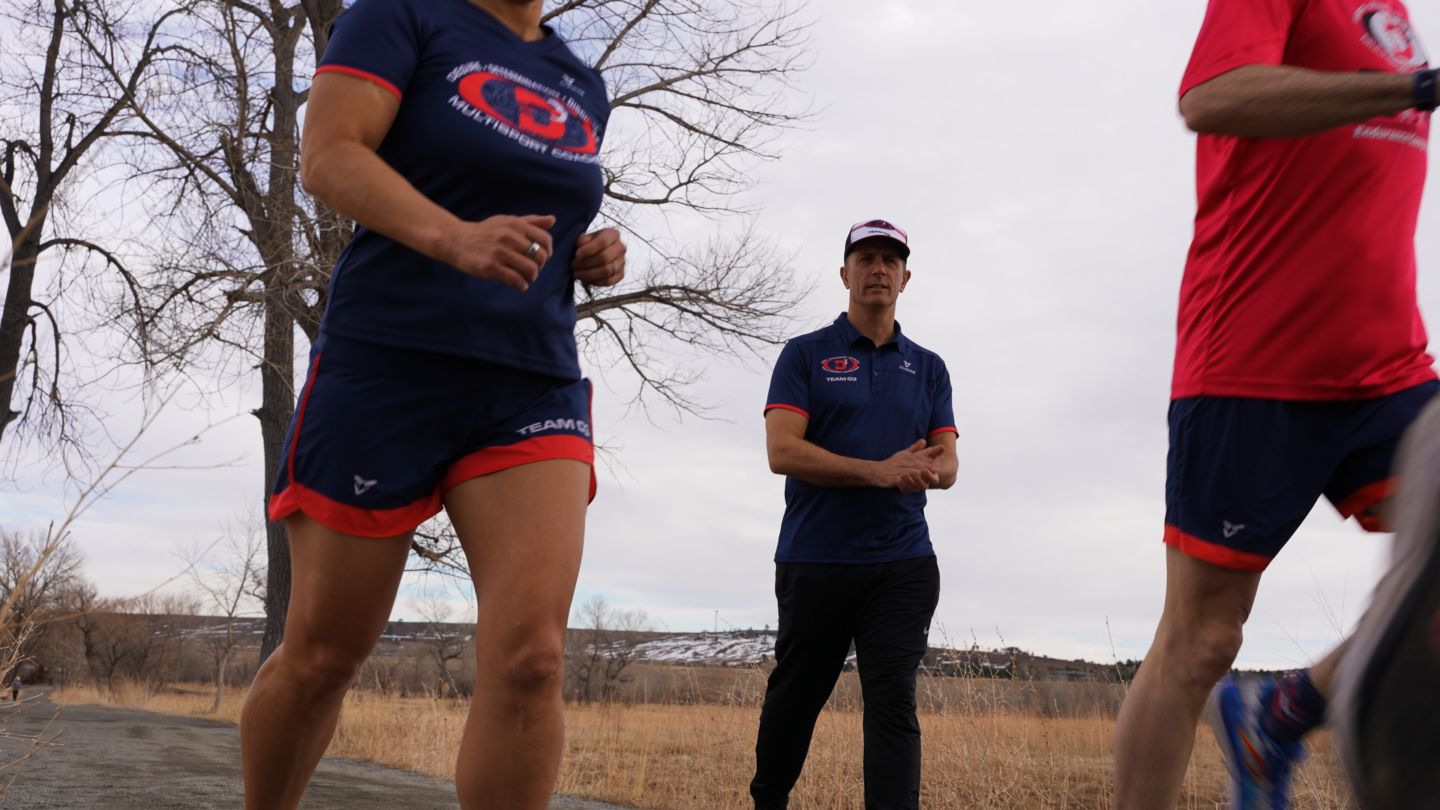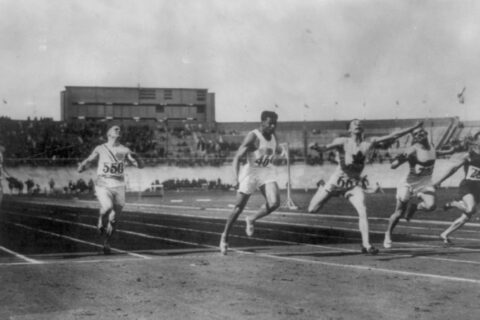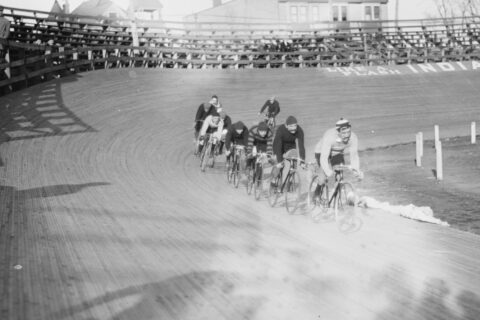Frank Overton and Mike Ricci describe how they go about hiring coaches to join their team. With hindsight on their side, these coaches explain why people and process factor heavily into their hiring decisions.
Frank Overton and Mike Ricci describe how they go about hiring coaches to join their team. With hindsight on their side, these coaches explain why people and process factor heavily into their hiring decisions.





